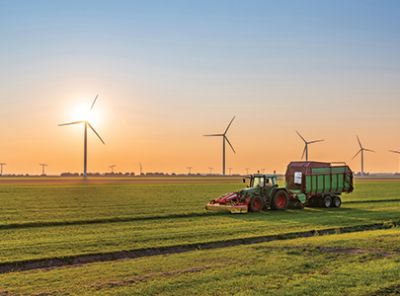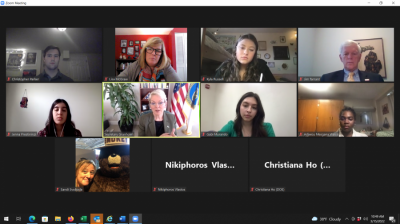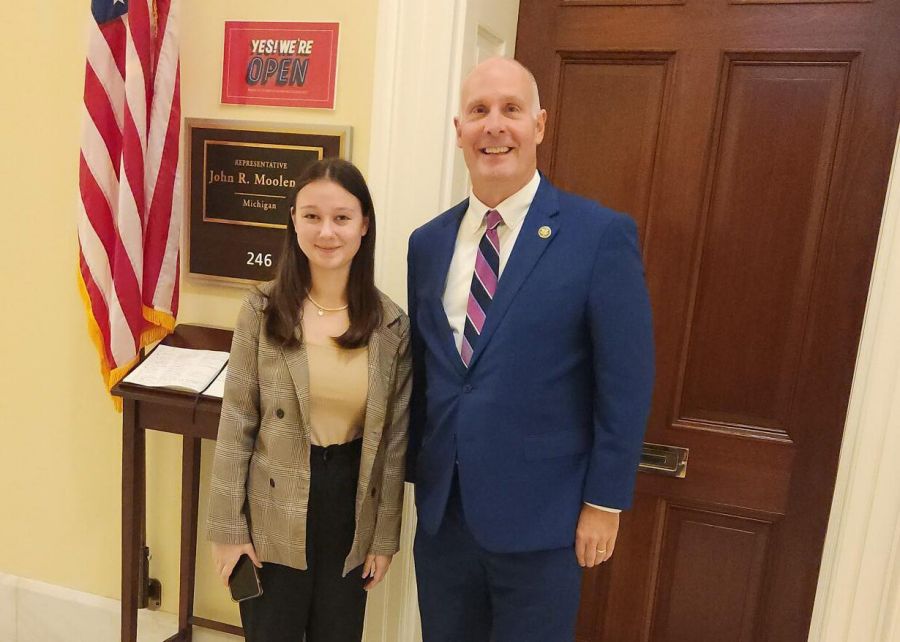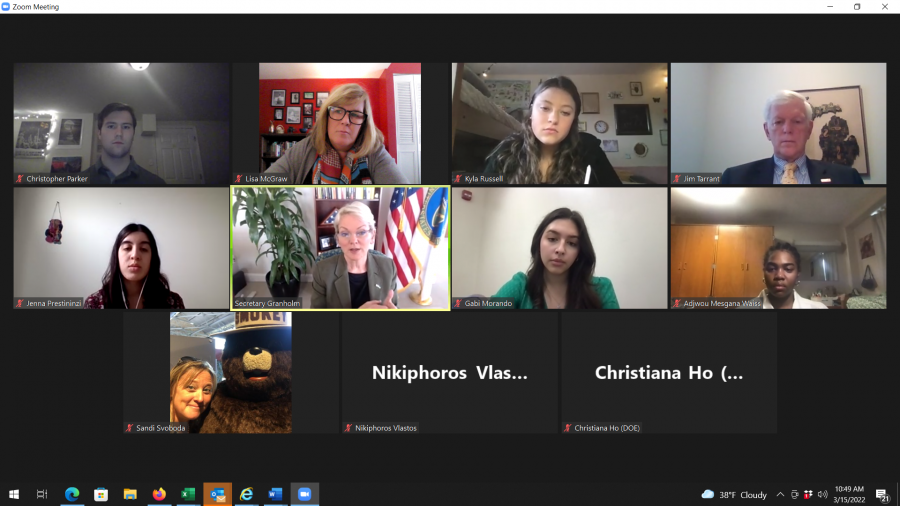Wind energy creates jobs in Indiana — young people leading the way
Jul 1, 2022


KYLA RUSSELL
News Fellow | Indiana Newspaper Association
INDIANAPOLIS — The past year has brought new questions and new advocates for the future of wind power in Indiana, homing in on the pragmatic effect of wind energy and the apparent employment benefits.
Before breaking down the positive way wind energy affects Hoosiers in the workplace, it is important to briefly examine the space this renewable power manifests itself in the state, atop other clean energy options.
Over 75% of Indiana’s renewable power comes from wind turbines, according to the U.S. Energy Information Administration. It has the twelfth-highest wind energy capacity in the U.S.
Indiana is also a top biofuel producer, making use of its enormous corn and soybean production. The Department of Energy says that ethanol qualifies as renewable and does burn considerably cleaner than gasoline, although its carbon emissions are not zero.
Over the past decade of renewable projects, wind has been the logical first choice in Indiana for several reasons. The state is mostly flat, limiting the number of damming opportunities for hydroelectric power.
Aside from the prime position Indiana holds to produce maximum wind energy, effects from the use of this renewable option are evident in state job rates too.
“Wind and solar are the cheapest forms of energy and people can see that opportunity in their own paychecks,” Secretary of Energy Jennifer Granholm said.
In 2018 the Environmental Law and Policy Center estimated that the number of people in Indiana serving as wind turbine service technicians will grow by 96.1% by 2026.
“The U.S. Bureau of Labor Statistics estimates some of the fastest growing occupations in the next decade are energy related, including wind turbine technicians,” Julie Kempf, policy analyst at Indiana’s office of energy development, said. “The U.S. Energy Jobs Indiana report provides information across all energy jobs. It provides a broader context of how wind fits into all energy technologies, electricity generation, and workforce sectors. The supplemental Wage Report shows that across the U.S., the median hourly wage for all energy workers is $25.60, higher than the national median hourly wage of $19.14 across all sectors.”
This positive view is echoed in other arenas, too.
“In the process of construction and manufacturing components in the renewable wind energy sector, there are probably tens of thousands of renewable job opportunities,” Sen. Mark Messmer, Republican majority floor leader and chair of the environmental affairs committee, said.
Although Messmer and Kempf view the reality of wind energy and its proposition toward environmentally friendly employment as an asset, this thought is not held monolithically among Hoosiers.
“Unlike a typical contract, wind farm agreements focus on the landowner surrendering all rights it may have in relation to noise abatement in exchange for money, which may or may not be indexed to inflation,” Viva-Lyn Lenehan, member of the ‘No Wind Farm Montgomery County,’ said.
Additionally, several members of Lenehan’s group voiced concerns over high energy prices due to an overreliance on a fickle renewable energy grid. These individuals point to Europe as an example of this possible misstep.
Beliefs like this are not uncommon, and many worry about the feasibility of a fully-renewable future.
Claims about renewable energy weakening a grid are entirely unfounded. And while Europe is buckling under high energy prices, the DW reports that the return to pre-pandemic demand is causing the spike, not renewables.
Still, the concern over an aging grid is valid, especially as the U.S. ramps up its production of electric vehicles demanding high-speed charge. David Shepherdson, a transportation reporter for Reuters who spent years covering auto in Detroit, said in a virtual interview that electricity demand will become a greater problem in the coming years.
This sentiment carried with it effects on policy making in the 2021 state legislative session. Last year, House Bill 1381, a previous version of the bill, failed. That bill hoped to make wind energy standards mandatory for all counties.
Due to harsh pushback, legislators opted for a different route this year.
In March, the Indiana General Assembly passed Senate Bill 411, a voluntarily based renewable resource program for counties in Indiana.
The new legislation omitted the mandatory nature of the earlier bill and the monetary incentive. The legislation now allows counties to adopt regulations that will qualify them as solar and wind ready communities, if they so choose.
The bill established a center within the Indiana Economic Development Corporation that will facilitate counties volunteering to participate in the program.
The key to its passing: compromise.
According to Messmer, if a county is uninterested in adopting the standards for wind energy laid out in the bill, they are not required to. As of now, there is not an official total on which counties in the state have chosen to opt in and adhere to these standards.
The passing of this bill signifies a shift in the state’s tone toward this energy option.
This raises the question, who is leading the charge for wind-energy and its employment benefits in Indiana? According to Messmer, young Hoosiers across the state have accelerated the pressure for more implementation of this energy state-wide.
“The younger the age group the more interest there is in it (wind energy),” Messmer said.
Amelia Bostick, student at Taylor University and cabinet member for the Young Evangelicals for Climate Action (YECA) is playing a role in generating newfound interest among her generation.
“As young people we have the opportunity to create a more knowledgeable future and recognize the issues that future generations are going to feel the direct impact of,” Bostick said. “By leading the charge for wind energy we are saying that we care for the young people of the future enough to ensure that we are using energy in a way that will sustain a life for them.”
For more information on the economic impacts of wind energy employment and young Hoosiers looking to invest in its power, visit https://www.in.gov/oed/.
Kyla Russell is the 2022 News Fellow for the Indiana Newspaper Association. Russell attends Taylor University in Upland, Indiana, and serves on staff of student publication, The Echo.










